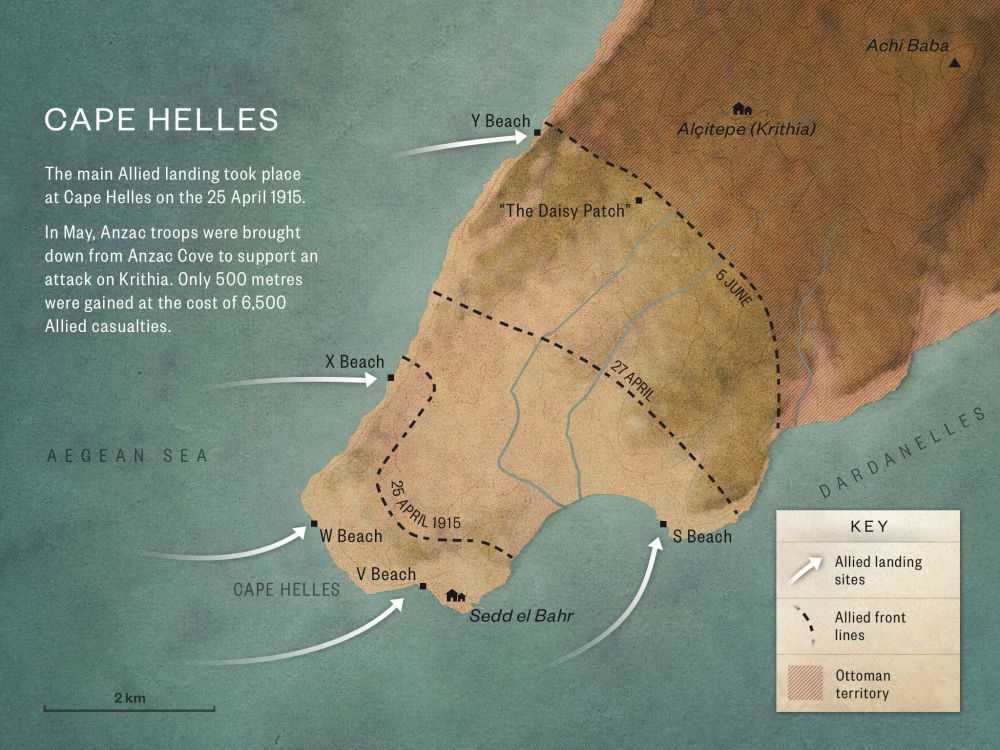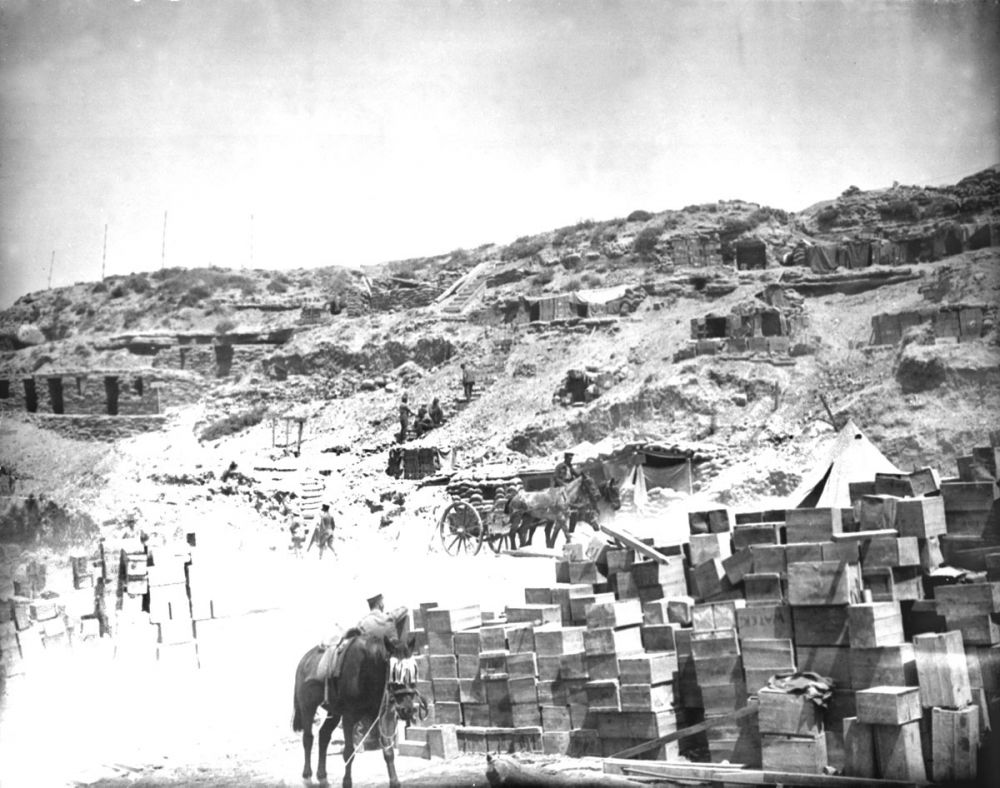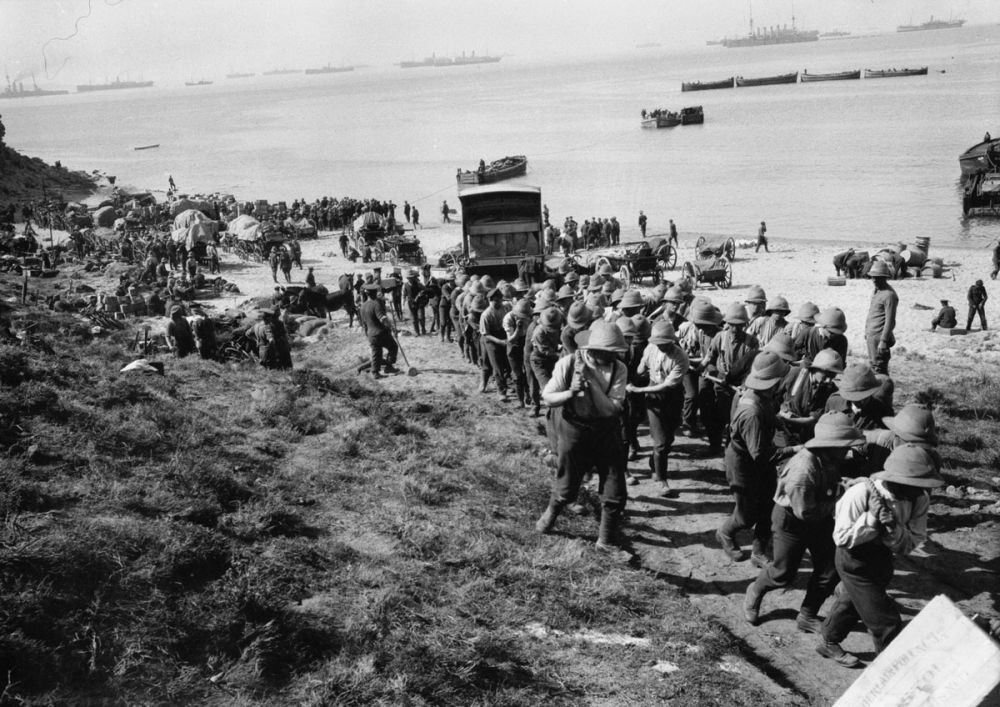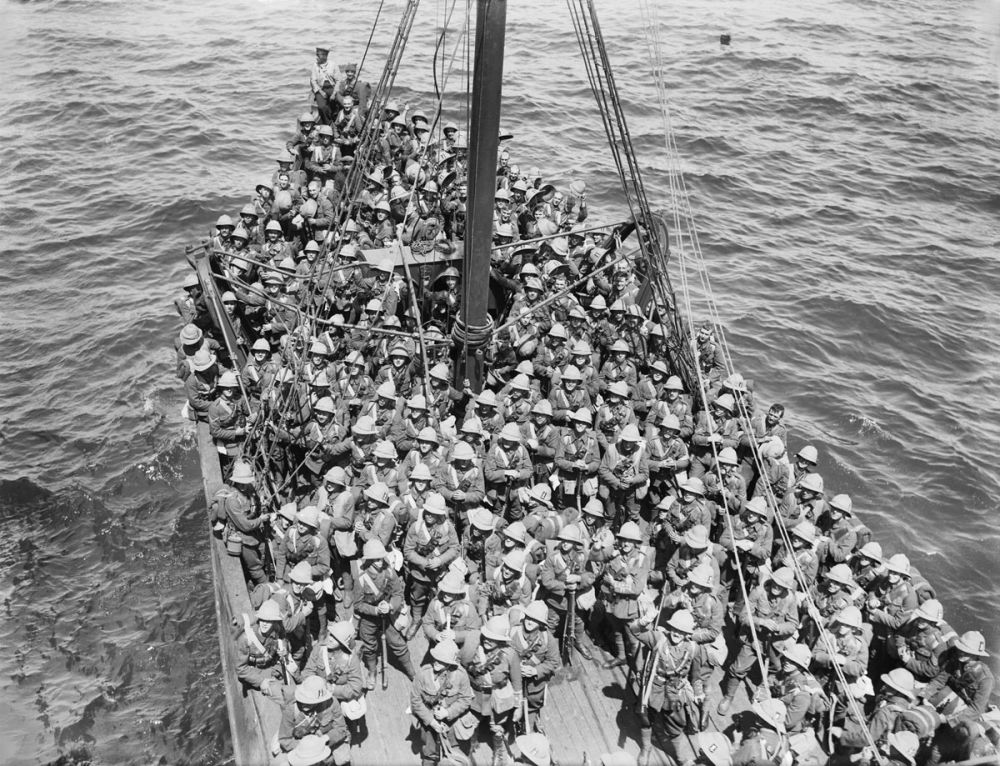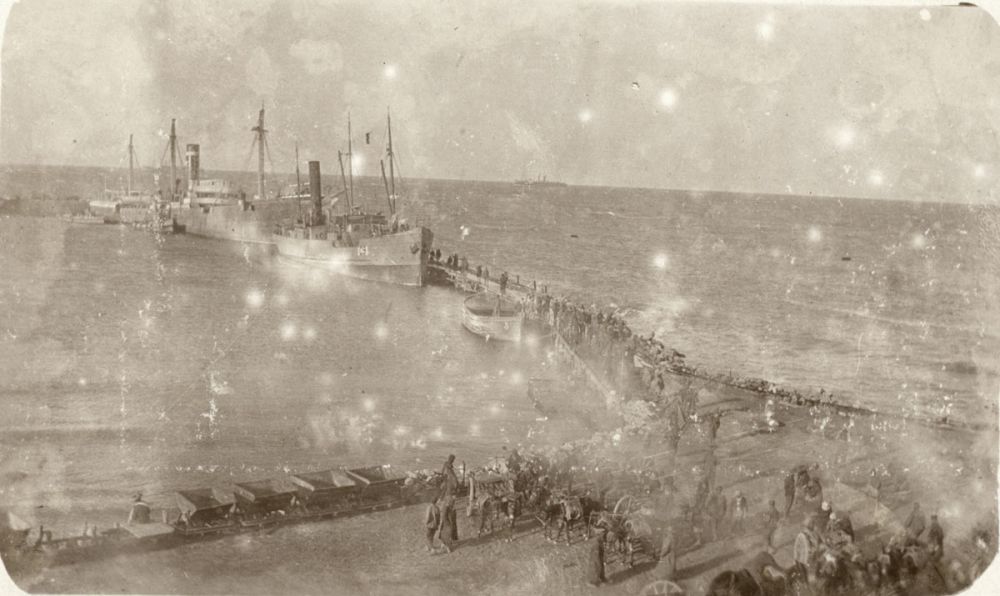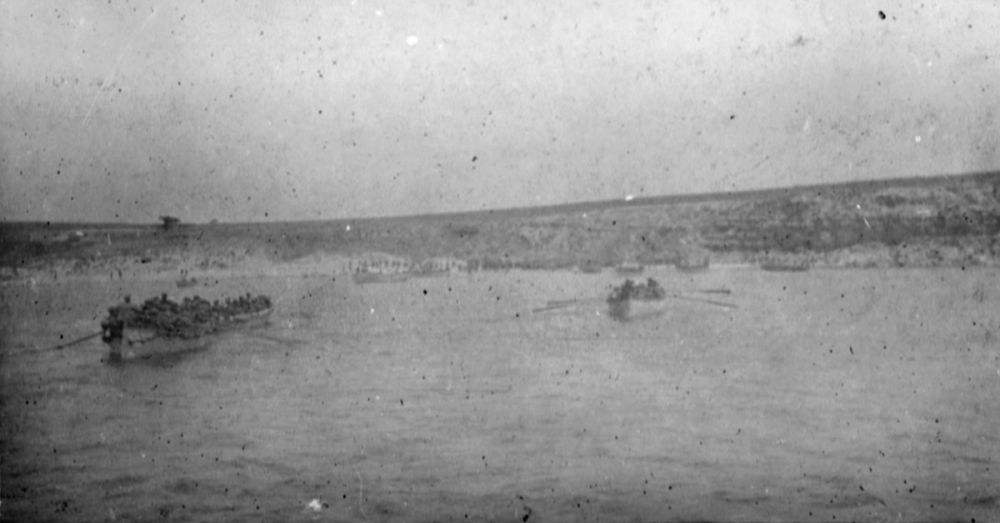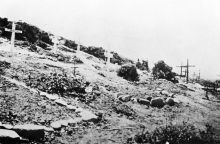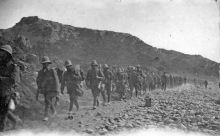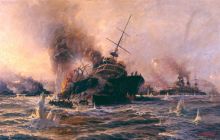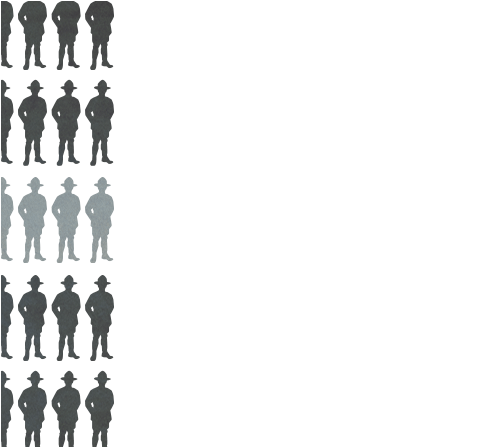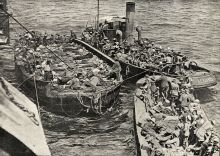W Beach
You are standing at W Beach. This is the site of the second of the major landings by the 29th British Division on 25 April 1915. If you look out to sea, you can see the wrecks of the ships that were deliberately sunk to provide the piers to make this a logistic base. The landing here occurred in broad daylight, and the ship’s boats carrying the British infantry came in after naval artillery had pounded the high ground that you can see all around you.
Once again, Turkish infantry were in trenches on the high ground. They held their fire until the infantry got out of the boats and came up the beach to a barbed wire barrier, about where you are standing. As the soldiers tried to push through the barbed wire, they were shot down by Turkish fire.
Six Victoria Crosses were won here by the 1st Battalion of the Lancashire Fusiliers before breakfast on 25 April. Finally the brigade commander landed behind the cliff that you can see on your right and he and his soldiers attacked up the cliff and opened the way for his infantry to move inland.
There was an opportunity from about lunchtime that day to push inland and provide support to V Beach – the next beach across. But that did not happen because so many of the officers and NCOs (non-commissioned officers) had been killed or wounded that they were leaderless, and no one took the initiative.


